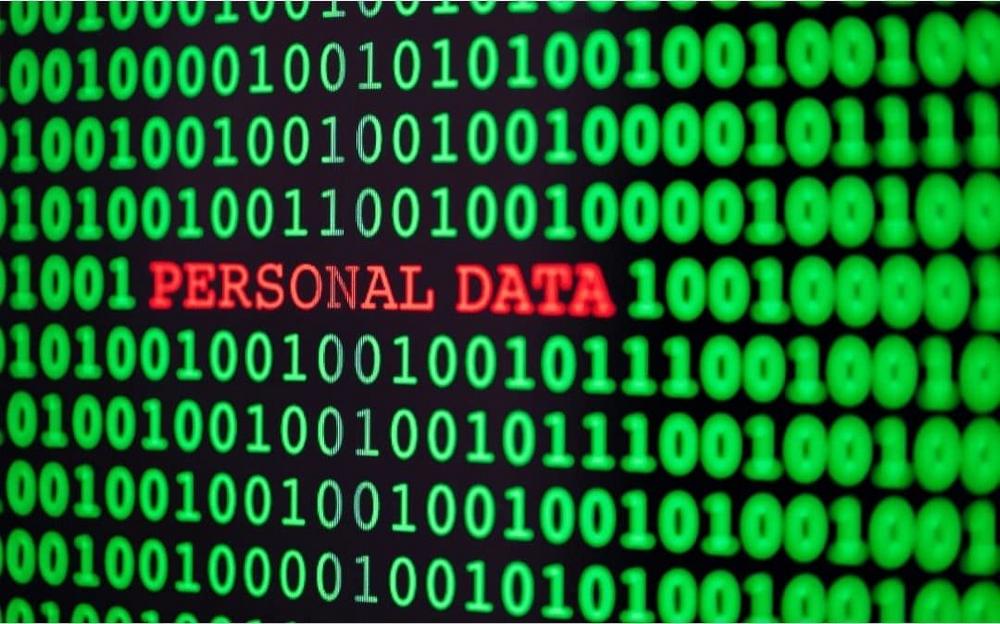Many people may think that leaks are caused by external hackers who exploit technical vulnerabilities, but that’s not where the real threat lies – especially not with modern SaaS tools with a good security posture like the Atlassian Cloud products.
The reality is that most data leaks are caused by human error, typically by internal actors. For example, users who post sensitive data and credentials to Confluence pages or Jira issues. This can expose the data to anyone who can access the page or issue, including other users, third-party apps, or even search engines in the case of public pages.
To prevent data leaks on Altassian Cloud products like Jira and Confluence, it is important to follow some best practices that can help you protect your sensitive data and comply with relevant regulations. Here are some of them:
- Identify your sensitive data: The first step is to know what kind of data you have and where it is stored. Sensitive data can include personally identifiable information (PII), such as names, email addresses, phone numbers, social security numbers, etc., as well as confidential information, such as trade secrets, financial records, customer data, etc. You should classify your data according to its sensitivity level and document its location and ownership.
- Apply access control policies: The second step is to limit who can access your sensitive data and under what conditions. You should use the built-in features of Jira and Confluence for your projects, spaces, pages, and issues, such as issue security or page restrictions. You should also avoid sharing your credentials with anyone or storing them in plain text.
- Monitor for suspicious activity: The third step is to keep track of what happens to your instance, who interacts with it and how. You should use audit logs and reports to review the actions performed on your data, such as creating, updating, deleting, viewing, downloading, etc. You should also use alerts and notifications to inform you of any suspicious or unusual activity on your data. Whilst still in Beta, Atlassian Beacon is a fantastic tool for this.
- Use a DLP app: The fourth step is to use a data loss prevention (DLP) app from the Marketplace that can help you automate your DLP strategy. A DLP app can help you identify your sensitive data across your Confluence und Jira instances using predefined or custom rules. It can also help you take automated actions to prevent unauthorized access or exposure of your sensitive data, such as masking, redacting, deleting, quarantining, or notifying. One example of a DLP app for Jira and Confluence is PII Protection by Polymetis Apps, which can find sensitive data, classify Confluence pages and trigger all kinds of automated actions.
By following these best practices, you can minimize the risk of data leaks on Atlassian Cloud products like Jira and Confluence and ensure the security and privacy of your sensitive data. Data leaks can have serious consequences for your organization and your customers, so don’t take any risks. Start implementing your DLP strategy today and enjoy the benefits of Altassian Cloud products without worries.
Die Jodocus GmbH ist als Atlassian Platinum Solution Partner auf das Optimieren von ITSM- und Digitalisieren von Geschäftsprozessen mit den Atlassian-Produkten spezialisiert. Von den Standorten in Hamburg, Hörstel, Düsseldorf, Kiel und Kulmbach aus bedient das eingespielte Team aus IT- und Cloudexperten sowie Spezialisten für Prozess- und Projektmanagement eine Vielzahl an Branchen: von deutschen mittelständischen Unternehmen und Großunternehmen wie Banken und Versicherungen bis zu internationalen Big Playern.
Eficode Switzerland AG
Aargauerstraße 180
CH8048 Zürich
Telefon: +41 (0) 43 3363300
http://eficode.com/de
Marketing
E-Mail: saskia.thelen@jodocus.io
![]()
